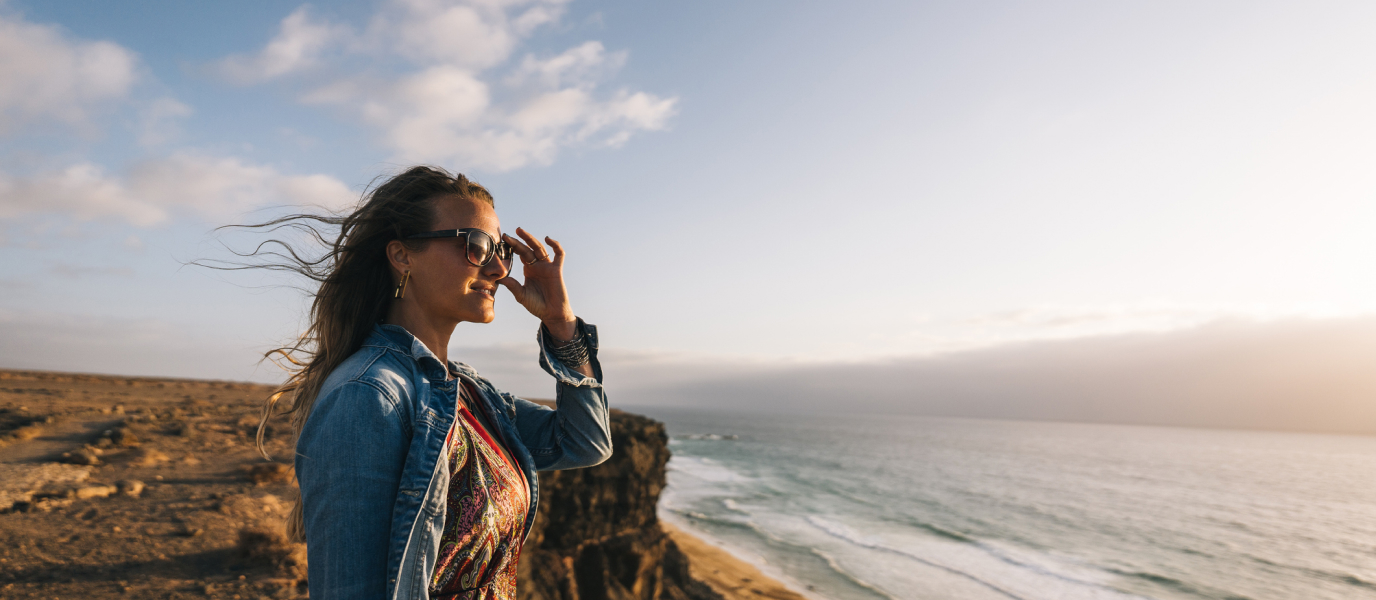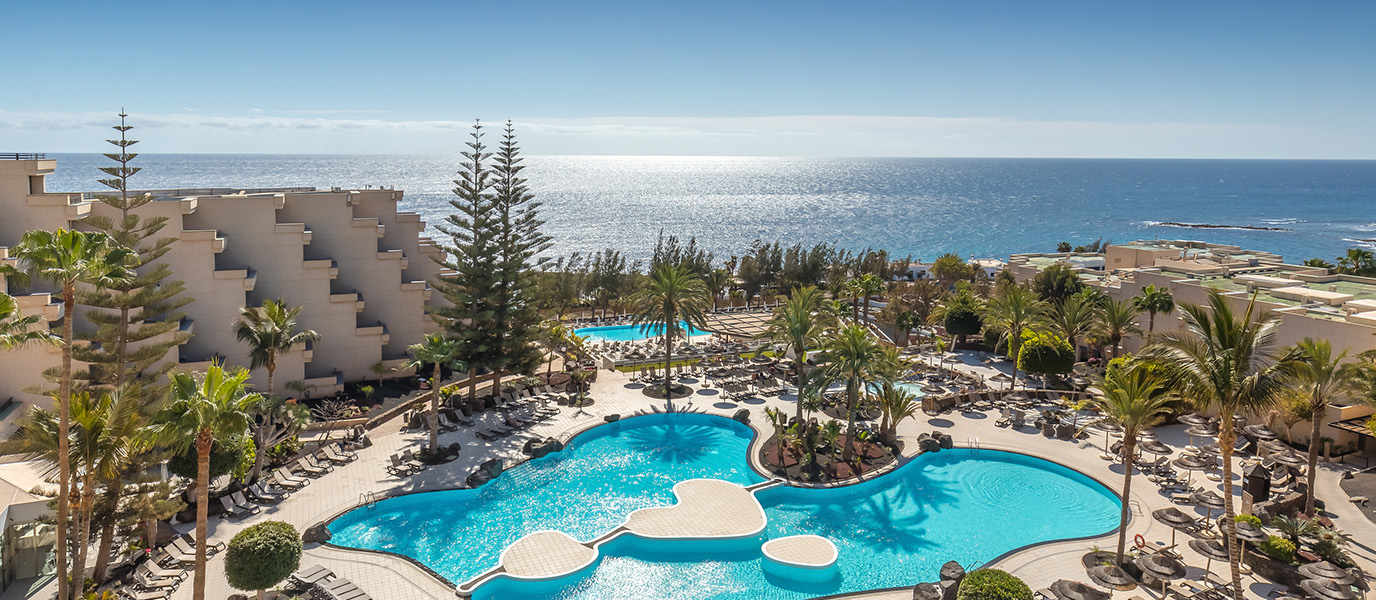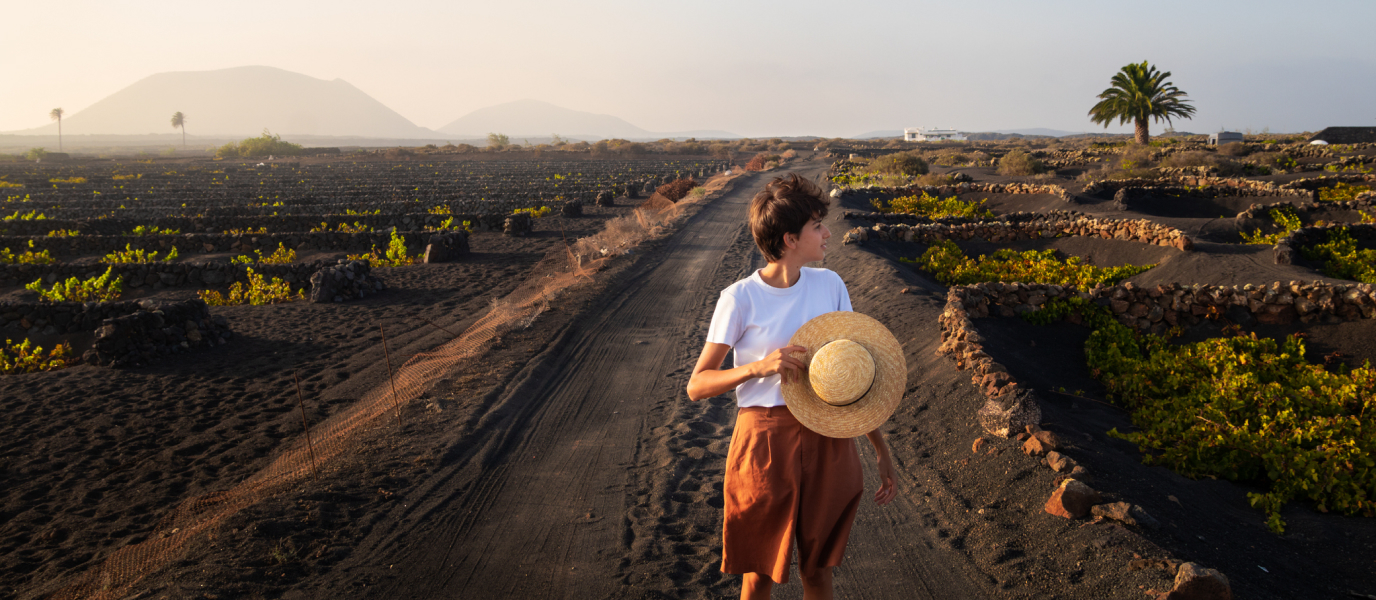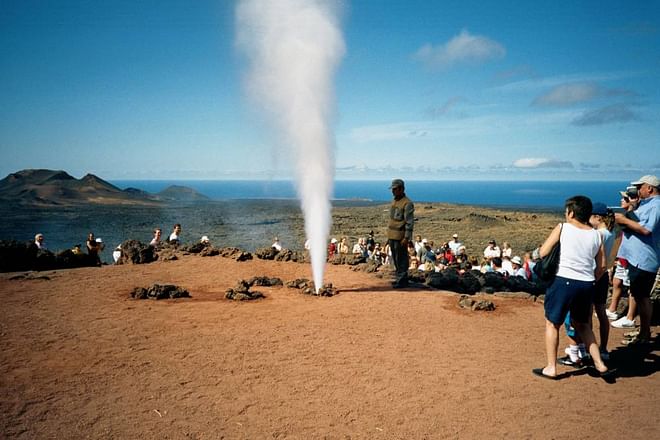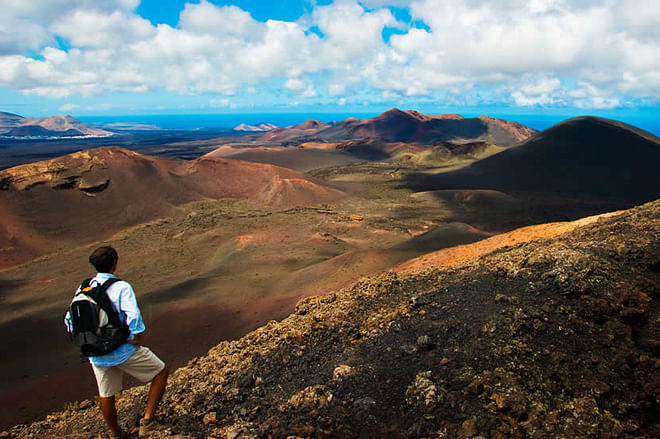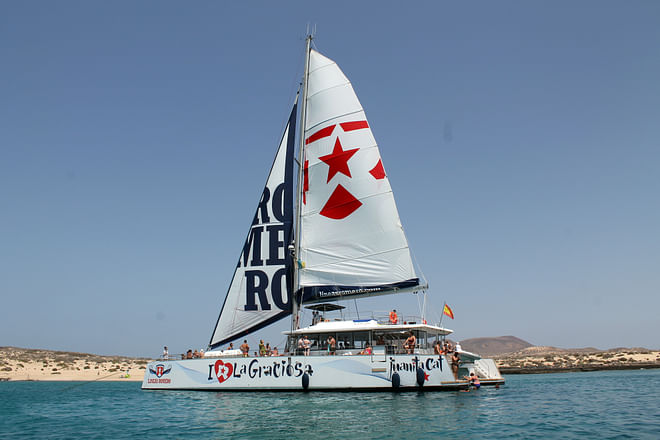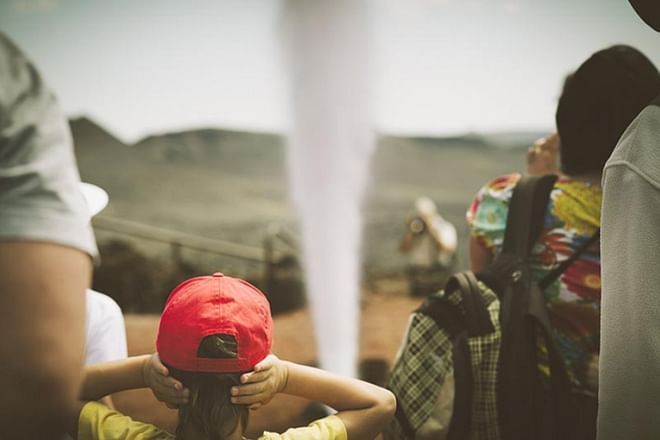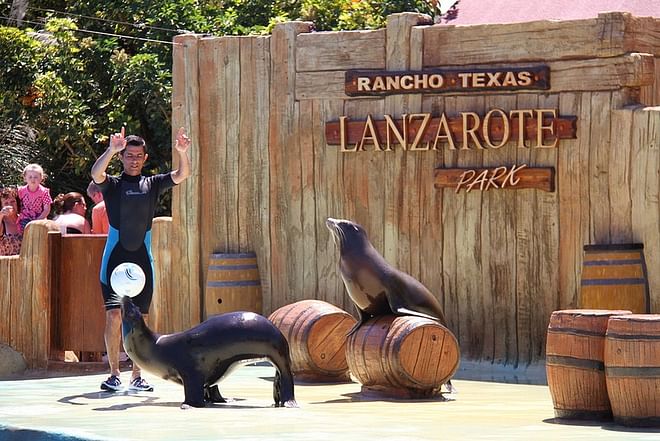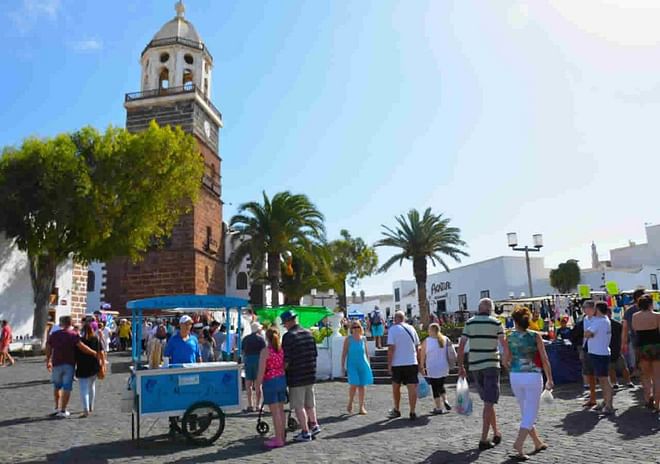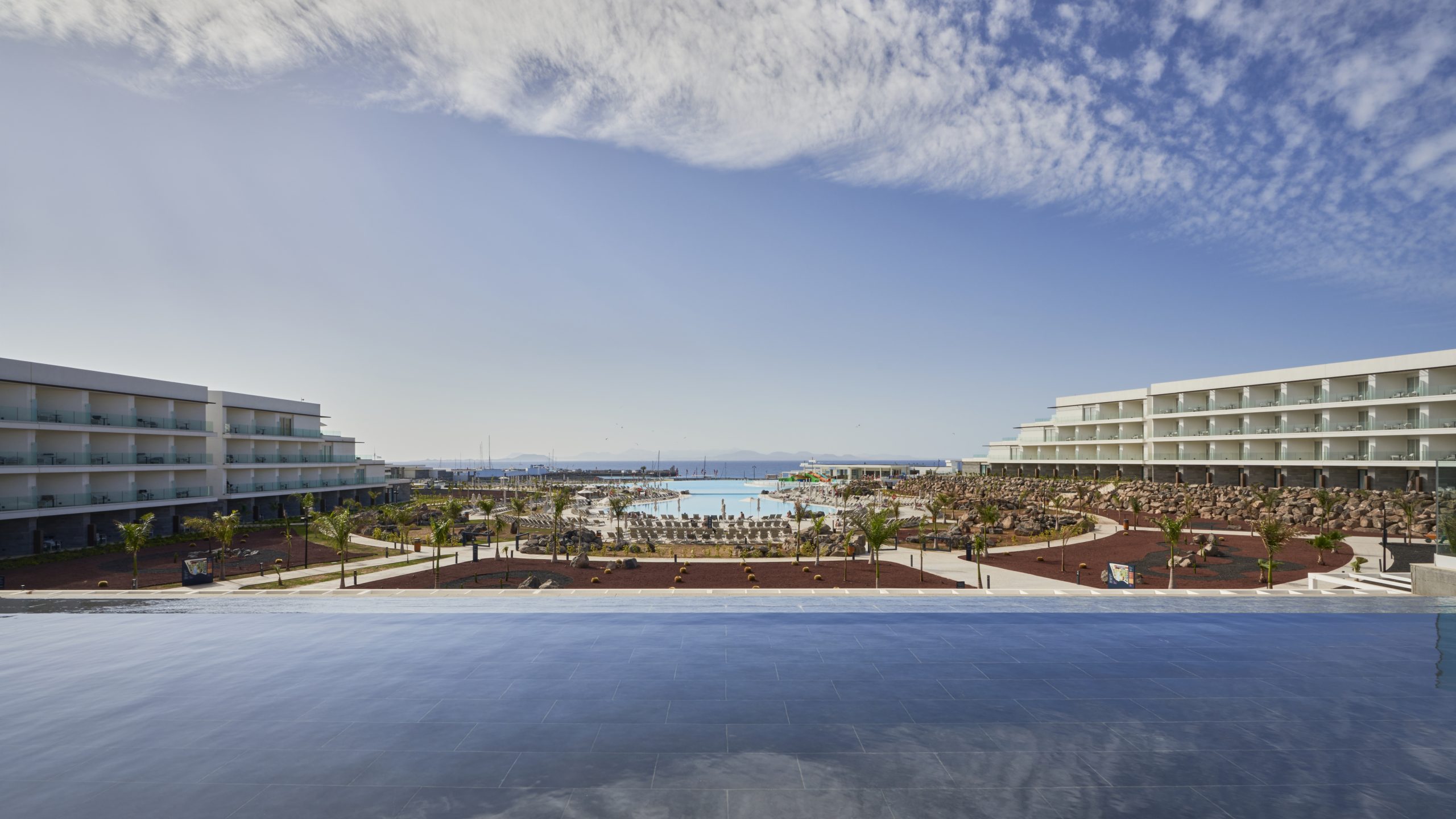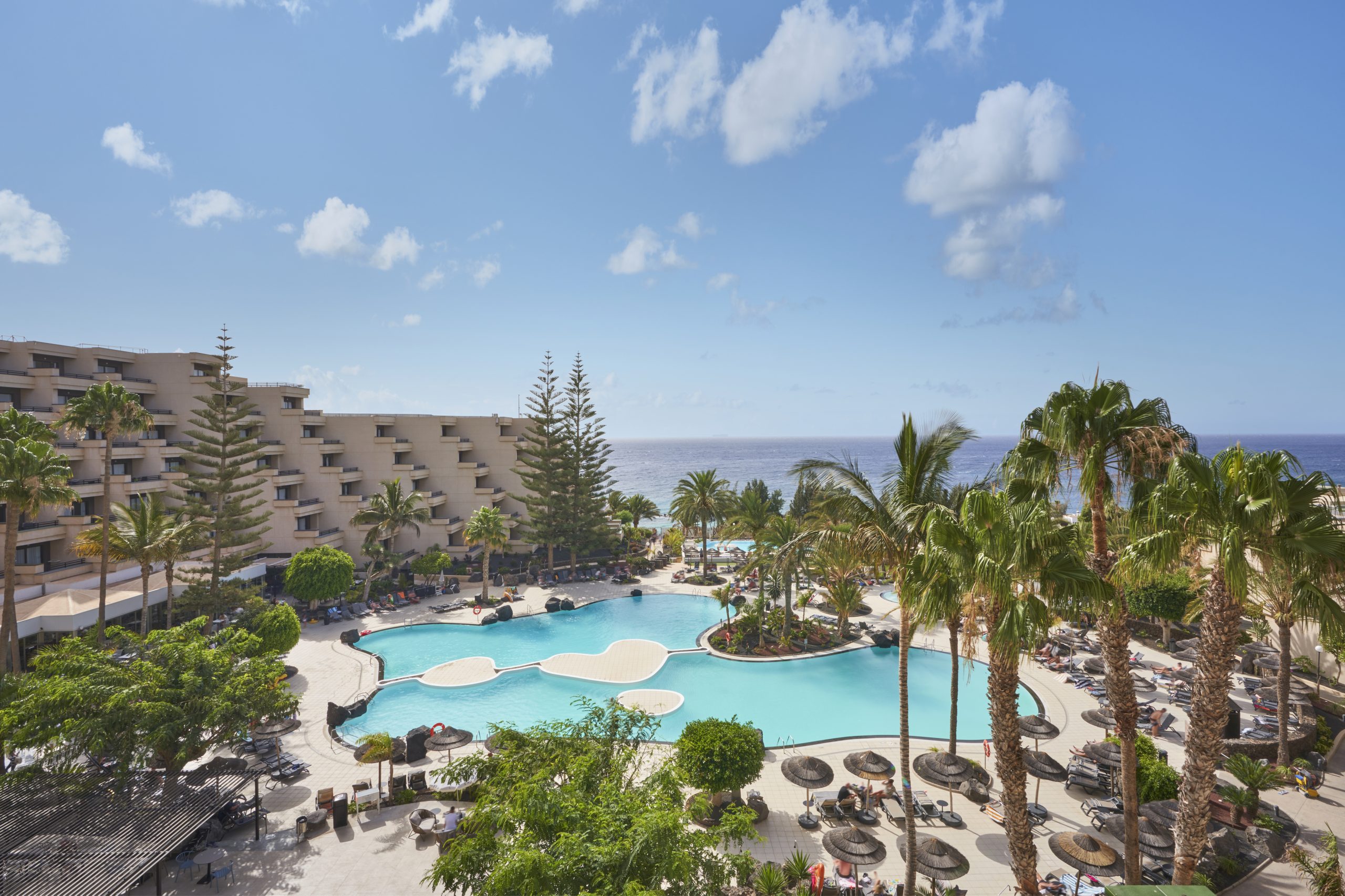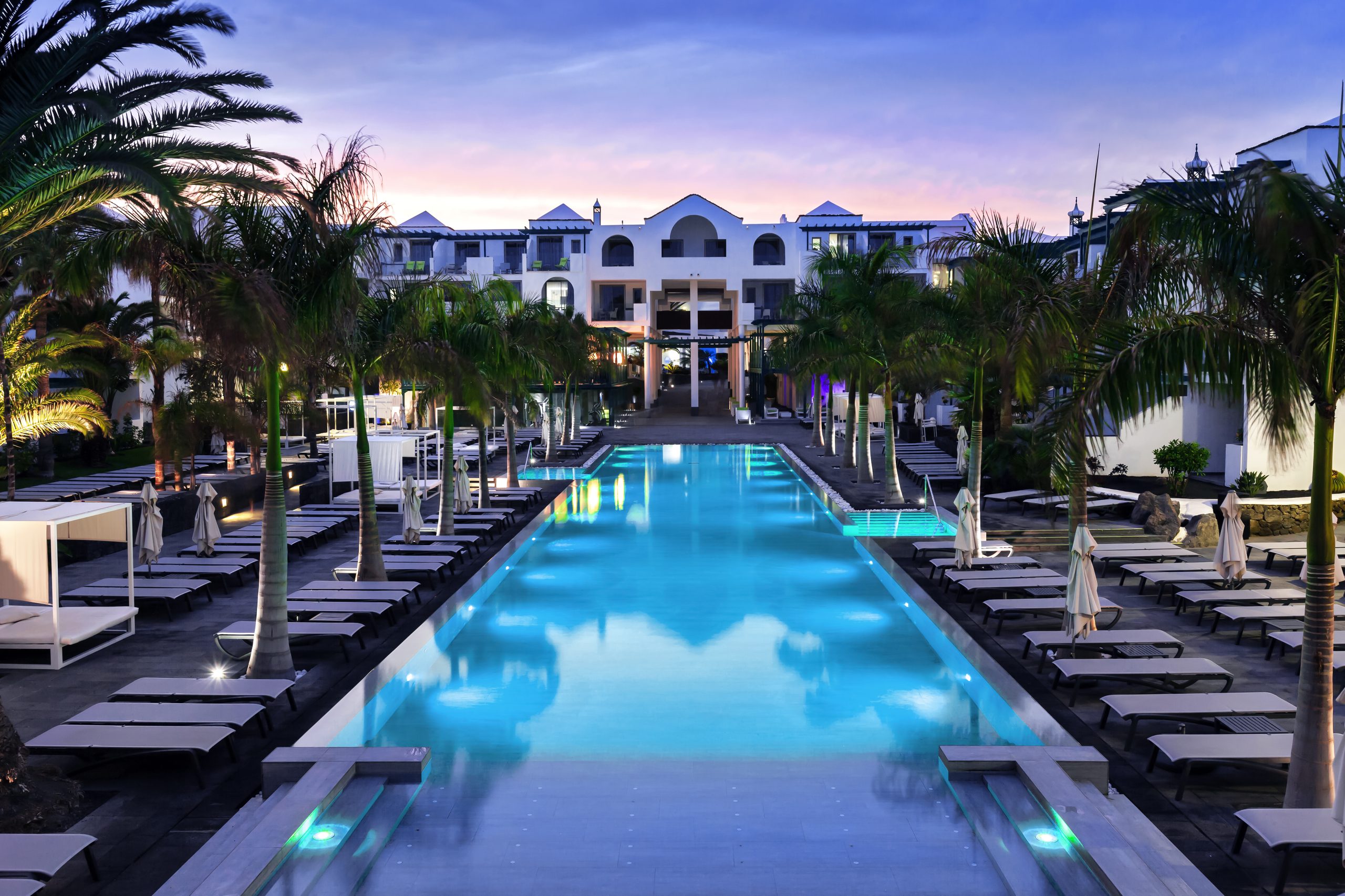In the north of the island, along the narrow and winding road that descends down to the village of Haría, a lookout point with the same name patiently waits, amid palm trees and dragon trees, to be discovered. Also known as the Mirador de Malpaso, in reference to the valley that it sits within, it gained prominence in 1966, when the Canarian artist Cesar Manrique was commissioned to design, at the top of the mountain range, a small house to serve as a resting place for hikers. Ever since it was opened, the building has been witness to the tourism boom experienced by the island over recent times. However, it later fell into decline due to a lack of maintenance from island authorities. For 20 years its rundown appearance has tarnished the scenery of an area that, nonetheless, boasts incredible panoramic views of the municipality of Haría, with its palm trees, its bucolic spirit in the form of cultivated terraces and its coastline in the background. Recently, the Town Council and the Island Council of Lanzarote joined forces to restore the building and to convert it into what will be the Haría Flora and Fauna Interpretation Centre, with a view to enhancing ecological tourism in the area.
A lookout point with panoramic views
In spite of the dilapidated condition that Manrique’s house was in for 20 years, the Mirador de Haría never stopped receiving visitors. This is due to the breathtaking landscape that it is set within, considered by many to be the most diverse area on the island in geological, agricultural and scenic terms. The municipality of Haría is one of the three territories—together with Villa de Teguise and Yaiza—that historically divide up the island. The eruptions of Timanfaya that occurred during the eighteenth century, combined with the humid clouds swept along by the westerly winds of the Atlantic, have ended up creating a microclimate that is unique within Lanzarote. This has enabled the emergence of the only concentration of trees—the Haría palm grove—on the island, as well as numerous endemic plants of high ecological value.
The lookout point, having been spared from the proliferation of large-scale tourist developments in the ‘70s, offers panoramic views of the Atlantic Ocean, the imposing Corona Volcano, and the lovely village of Haría. It is in the latter where the forge of the Perdomo family honed the tools that would later be used to construct the LZ-10 road, which passes by the lookout point and descends into the valley.
Splendour and decadence
The Mirador de Haría was one of the first artistic endeavours undertaken by César Manrique on the island.
Much like the nearby Jameos del Agua and the Green Cave, the lookout point’s design stayed true to the identifying characteristics of Lanzarote: whitewashed walls and volcanic rock flanked by lines of dragon trees and, inside, furniture made from rustic burnt wood and glass inlaid in stone.
Newspaper records from the time note that the Mirador de Haría first came about in 1964 during one of the official visits of the then Minister of Information and Tourism, Manuel Fraga. Initially inspired by the opening of the Green Cave, the savvy mayor of Haría, Juan Pablo de León, took advantage of the Minister’s visit to propose financing for a lookout point with views of the Haría valley.
No more than a sad coincidence, the death of Cesar Manrique in 1992 coincided with the onset of the lookout point’s decline. Since it is located in a no-man’s land, no authoritative body took responsibility for the building’s maintenance for years. Theft and deterioration, as well as graffiti, gradually turned Manrique’s white building into a ghost, which had one day been a dream. Several promises to restore the building were made, but these never came to fruition. “Sorry for the inconvenience, the Island Council of Lanzarote is working for you”, said a poster that appeared on the door of the building in 2014, to which local people sarcastically responded by saying: “Sure, they actually went out for breakfast”.
The Mirador de Haría’s new start
Nevertheless, the poster was serious. It belonged to the Tourism Infrastructure Plan of the Government of the Canary Islands, whose scope the Mirador de Haría finally falls under. As set out many years before, restoration is now halfway through to convert the building into the region’s Haría Flora and Fauna Interpretation Centre, its opening coinciding with the forthcoming 100-year anniversary of César Manrique’s birth.
Part of the project’s contribution to the lookout point include two extensive viewing platforms, from which it will be possible to make out both the Haría and Temisa valleys. The building’s new look will also respect the original wishes of Manrique, and it will be endowed with great environmental importance by being energetically self-sufficient.
Recommendation: Just a few kilometres away from the lookout point is a craft market that is held in the village of Haría every Saturday from 9:00 AM to 2:00 PM where you can find fresh local produce, such as fruit and vegetables and cheese, as well as a whole host of crafts typical of the region, such as baskets made from palm leaves or reed.






























































